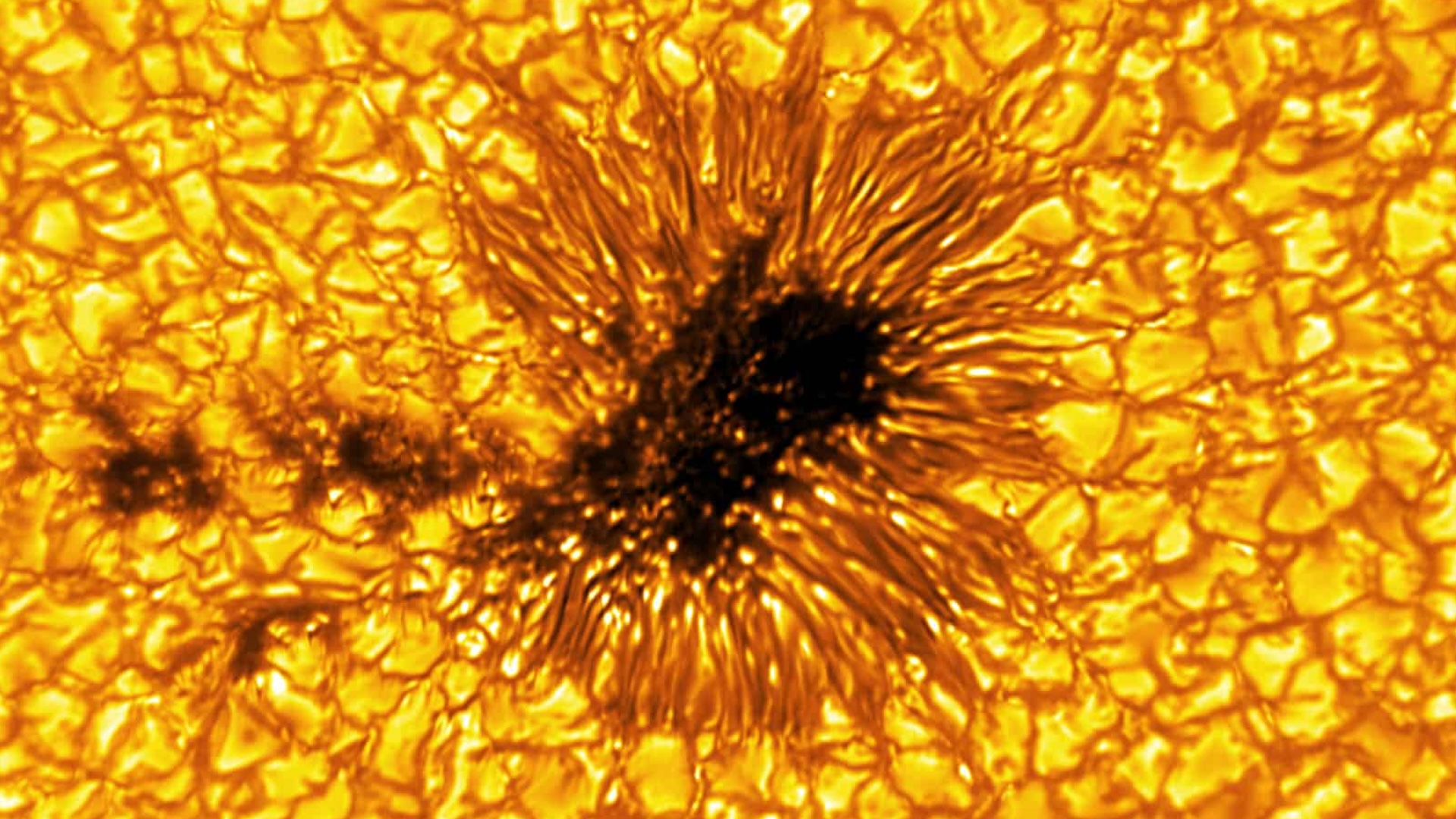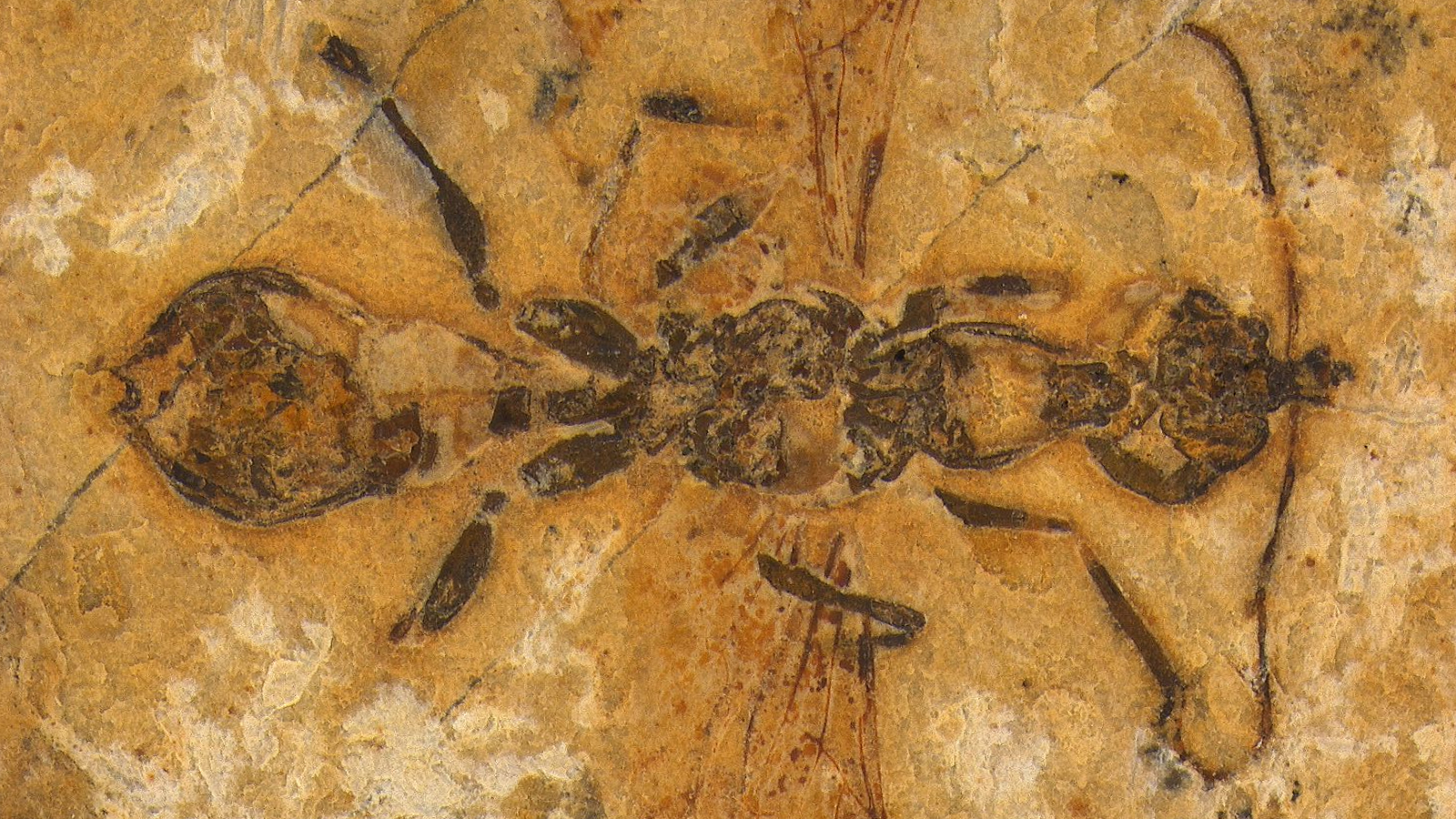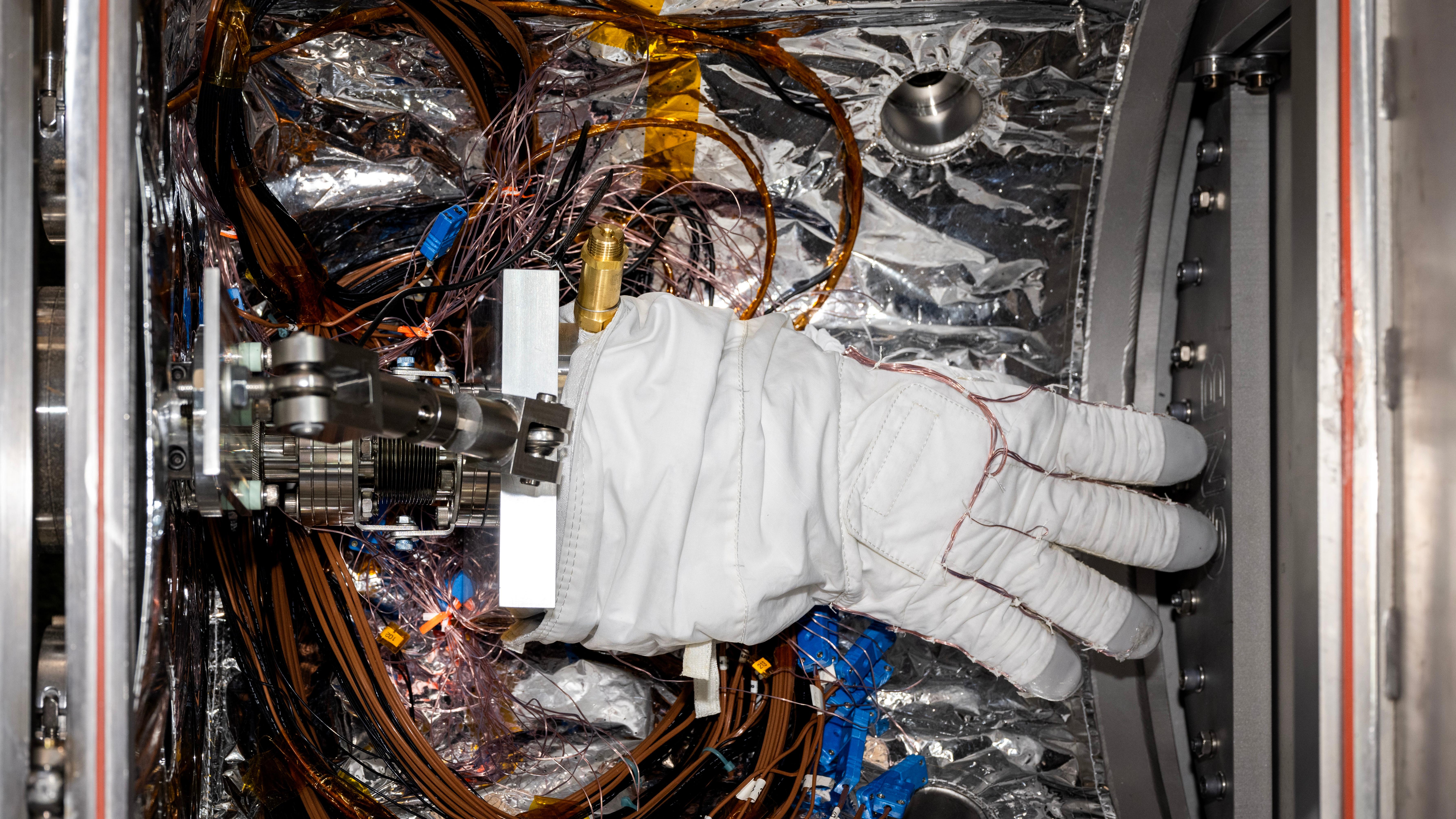1 gene is key to drug resistance in multiple myeloma
Research offers new insights into potential strategies for improving treatment outcomes and overcoming drug resistance.


A new study has uncovered a key mechanism behind drug resistance in multiple myeloma.
The work offers new insights into potential strategies for improving treatment outcomes and overcoming drug resistance.
The team, led by Teoh Phaik Ju and Koh Mun Yee, together with Professor Chng Wee Joo and Associate Professor Polly Chen, all of the Cancer Science Institute of Singapore (CSI Singapore) at the National University of Singapore, identified a gene called ADAR1, which encodes an RNA editing enzyme, as a key factor in suppressing the immune response triggered by lenalidomide—an immune-stimulating drug, essential to kill multiple myeloma cells.
The findings appear in the journal Blood.
Multiple myeloma is a type of cancer that affects plasma cells in the bone marrow. While standard-of-care treatments like lenalidomide, an immunomodulatory drug (IMiD), have improved survival rates for many multiple myeloma patients, a significant number still experience relapse due to the development of drug resistance.
Lenalidomide works by binding to a protein called cereblon (CRBN), which breaks down several proteins that are essential for multiple myeloma cell survival and growth. However, many patients eventually stop responding to the drug, leading to disease relapse. While 20 to 30% of the resistance cases have been linked to defects in CRBN and its associated factors, the underlying mechanisms in most resistance cases have remained poorly understood.
This study reports new findings demonstrating that ADAR1 abnormalities lead to a suppressed immune system in IMiD-resistant multiple myeloma cases.
ADAR1 inhibits lenalidomide’s activity by editing double-stranded RNA (dsRNA), thus hindering the immune response and reducing the effectiveness of the drug in combating MM growth and proliferation. The researchers discovered that by reducing the levels of ADAR1 and increasing dsRNA accumulation in multiple myeloma cells, they could increase the sensitivity of the cells to lenalidomide. This would, in turn, lead to the activation of the immune responses and kill the multiple myeloma cells. The discovery adds a new layer to the understanding of how multiple myeloma patients may become resistant to IMiD, highlighting the role of dsRNA pathways beyond the previously understood CRBN pathway.
The findings also suggest that targeting ADAR1 and the dsRNA pathway could offer promising strategies to overcome resistance to lenalidomide in multiple myeloma. As clinical trials continue to explore the potential of new IMiD analogues, such as CRBN-E3 ligase modulators (CELMoDs) and other drugs with similar pharmacological profile, combining these treatments with ADAR1 inhibitors may provide a more effective approach to tackle drug resistance and improve patient outcomes.
With ADAR1 inhibitors currently in preclinical development, this strategy holds great promise for advancing treatment options for multiple myeloma.
In addition, the research team plans to further investigate ADAR1’s role in alternative splicing, a post-transcriptional gene regulatory mechanism, in multiple myeloma, which could uncover even more opportunities for treatments.
Source: National University of Singapore
The post 1 gene is key to drug resistance in multiple myeloma appeared first on Futurity.














































































































































